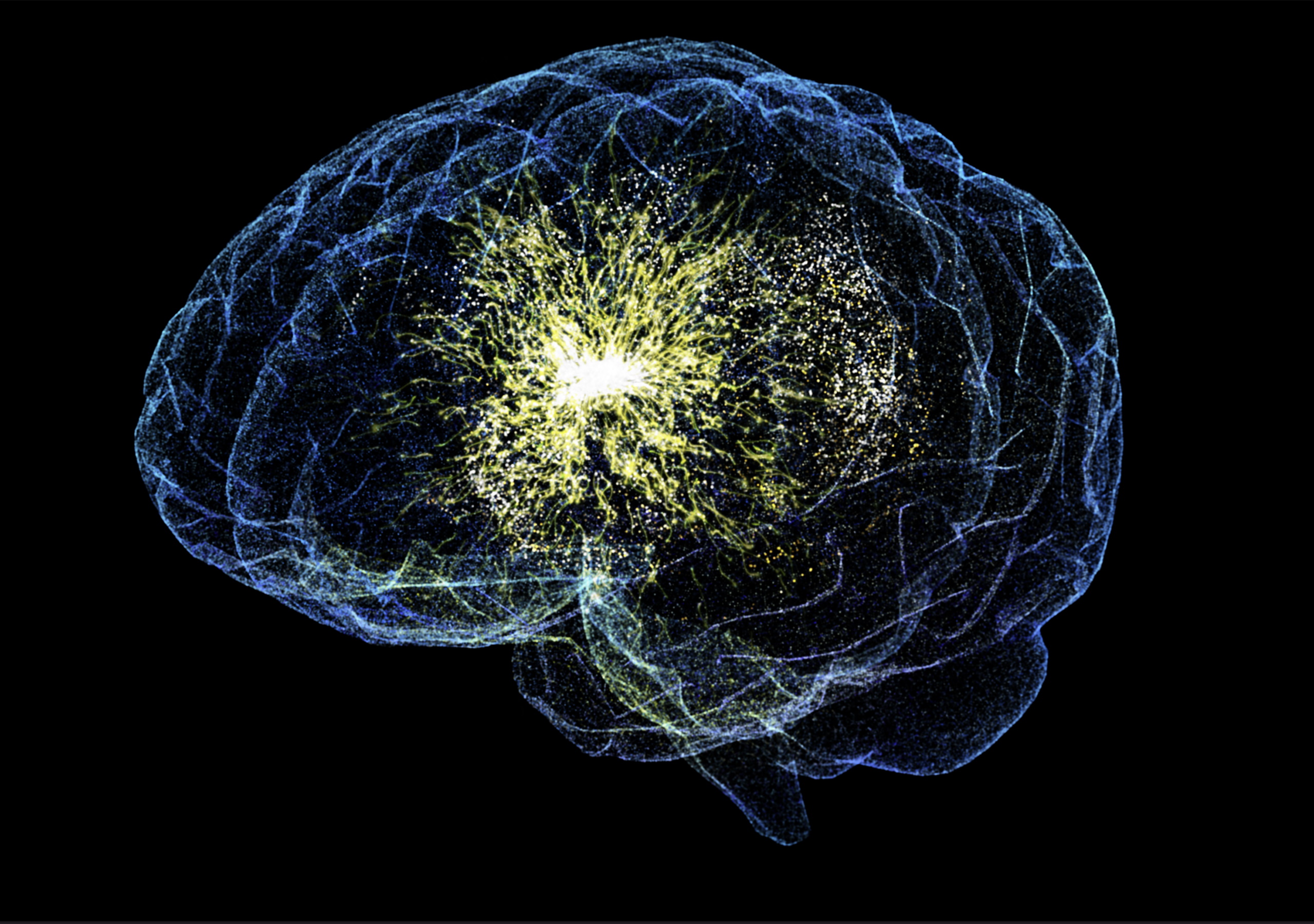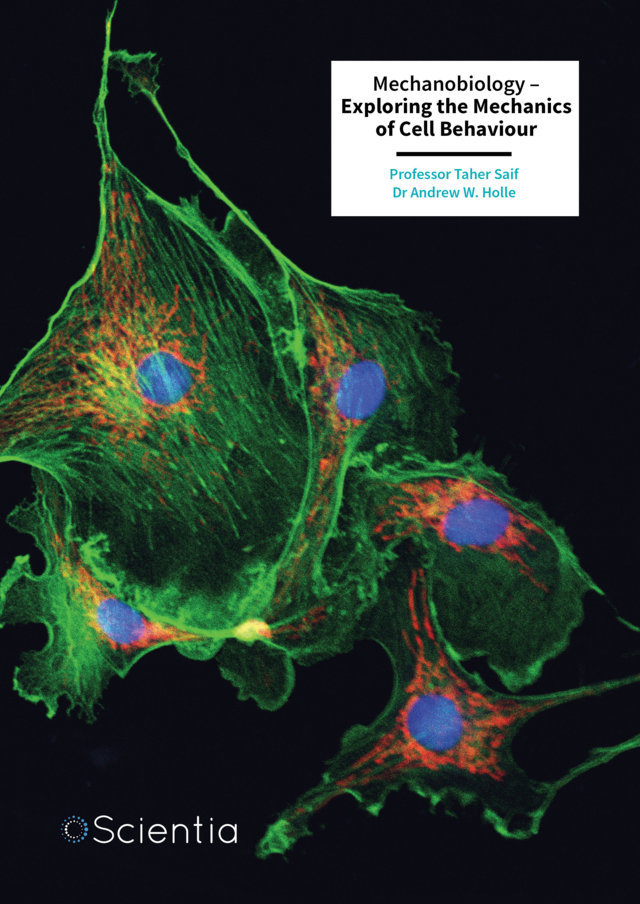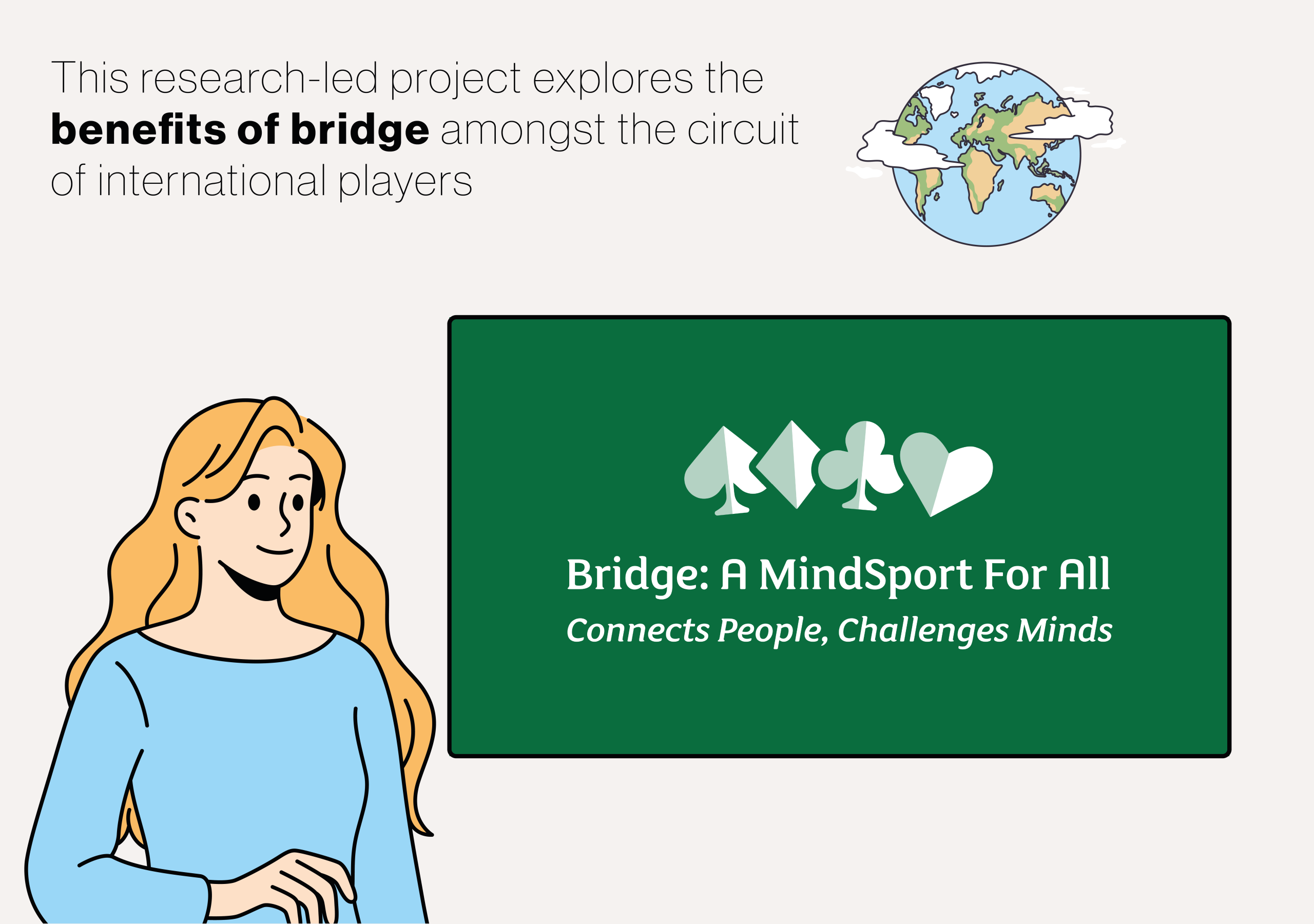Over the next few decades, the Earth’s urban population is set to explode, with the large majority of growth happening in cities across the Global South. A team of researchers at the Universities of Kassel and Göttingen, led by Prof. Andreas Bürkert and Prof. Nikolaus Schareika, predicts that these changes will be widely characterized by a merging of rural and urban features: a concept defined as ‘rurbanity’ in a recent landmark publication authored by Dr. Ellen Hoffmann and colleagues. By studying this phenomenon closely, the team aims to support cities in the Global South in their efforts to better prepare for the challenges to come. The concept is comprehensive enough to allow researchers to also understand ongoing processes of change in more mature cities of the North, such as climate-smart and socially inclusive adaptations, through the lens of rurbanity. More
Urbanisation is one of the most transformative processes currently shaping human society. According to the World Bank, the world’s total urban population will grow by an estimated 2.5 to 3 billion people by 2050, with 90% of this growth expected to take place in the Global South. Such a dramatic shift will inevitably present immense challenges in the coming decades, adding to existing pressures such as climate change, population growth, and the overexploitation of natural resources.
There is now growing evidence that our current approaches to studying urbanisation haven’t fully captured the true picture of how it is taking place. Traditionally, urbanisation has been viewed as a one-way transformation, whereby rural areas gradually shift into urban ones. In many cases, however, this transition isn’t quite so clearly cut. Around the world, many case studies show that rural and urban practices are not only highly interdependent, but often coexist and even merge in the same space.
As a highly interdisciplinary team, the scientists have introduced a new concept merging the established approaches of rurality and urbanity into what they called ‘rurbanity’. This concept far better captures the reality of how urbanisation is unfolding today. By providing a fresh theoretical framework to understand the synergy between urban and rural dynamics in the Global South (and beyond), this concept could help cities to better adapt to the rapid population growth expected in the near future, but also to opposing demographic trends and location-specific environmental constraints.
To develop their concept of rurbanity, the team explored various case studies where rural and urban practices merge in cities across the Global South. One of these examples comes from urban India, where the practice of keeping dairy cows is widespread. A study in 2019 estimated that the southern megacity of Bengaluru is home to some 5,000 milking buffaloes, and 75,000 milking cattle.
In India, humans and cattle have lived side by side for thousands of years, and along with intensification in the livestock sector, indigenous cattle have been interbred with Western breeds to increase milk yields, making them better suited for burgeoning urban demand for fresh milk.
Most of these animals are kept by individual households in small herds of up to five animals, with the milk being sold directly to inner-city consumers, or to dairy cooperatives. While contributing significantly to the household income, this is not a mere economic strategy, but just as much culturally motivated. For example, decorated cattle are part of the village tradition of “Gangireddu” praying to Lord Shiva, now practiced in urban neighbourhoods. Recently, indigenous Desi cows are increasingly in demand as their so-called “A2 milk” with a different protein profile is appreciated for presumed health benefits.
In another example, the team looked at cattle fattening in scrap recycling yards in urban Ghana. Over the past decade, thousands of former animal holders from rural areas have moved to Sodom-Agbobloshie, a district of Accra, Ghana’s capital, where they make a living by dismantling electrical appliances to find valuable metals.
While this area is known for its harsh environmental and social conditions, largely based on electronic trash recycling, it is less well known that hundreds of freely grazing, or confined cattle and sheep are kept in the same location for milk and meat production.
For an integrated understanding of such traditionally rural phenomena occurring in urban settings, the researchers defined four analytical dimensions of what they call ‘rurbanity’. These dimensions operationalize the theoretical concept and are designed to combine approaches developed in different scientific disciplines and bring them together for a comprehensive synthesis.
‘Endowments and Place,’ the first dimension, focuses on the specific characteristics of areas where rural and urban elements blend and on specific regions that are undergoing rapid urbanisation. It identifies the key resources, or “endowments,” that define these areas at any given time.
These endowments can include natural resources such as raw materials, water, and fertile soil, as well as human-made infrastructure such as housing, transportation, and communication systems. It also encompasses human and social resources, such as an educated workforce and the cultural achievements of the local population.
The second analytical dimension, ‘Flows and Connectivity,’ examines the regional and global networks through which material and immaterial resources move and are exchanged. These flows depend on the connections within and between multiple networks at various scales, providing people in rurban areas with the flexibility to adapt to new ways of living, improve their resilience to difficult conditions, or innovate to solve problems.
The third dimension, ‘Institutions and Behaviour,’ draws from principles of political anthropology, which explore how people engage in power dynamics and negotiations in their daily lives. It also focuses on how laws and other formal institutions regulate behaviour and reduce costs in society. Together, these ideas help explain how individuals and groups interact with the rules and institutions that shape their communities.
The final dimension is ‘Livelihoods and Lifestyles.’ Herein, ‘Livelihoods’ refers to the methods people use to secure the necessities of life, such as through jobs, access to resources and information, reliance on social networks, and support from institutions.
On the other hand, “Lifestyles” describe the way people live and express their identity. People’s lifestyles are shaped by their occupations, socioeconomic status, and consumption habits. Lifestyles can drive change, but they can also be slow to adapt, which can impact the social-ecological dynamics in rurban environments.
Together, these four dimensions—Endowments and Place, Flows and Connectivity, Institutions and Behaviour, and Livelihoods and Lifestyles— and their interactions across scales are key to studying rurbanity, both as a concept and a phenomenon. By gaining a better theoretical understanding of the changes taking place, researchers will be better equipped to account for the coexistence of rural and urban phenomena and to understand how new features emerge from it and self-organize in a continuous social-ecological co-evolution.
The research team believes that the concept of rurbanity will offer an effective framework in anticipating and addressing the challenges that will arise from the continued blending of rural and urban environments and the increasing telecoupling of markets and production locations around the world. As cities, especially in the Global South, brace for rapid population growth, this concept may also contribute to shaping future strategies of sustainable development.







